Bibi. Andrea Garcia Flores. Gato Negro Ediciones
Posted in politics on March 16th, 2023Tags: Andrea Garcia Flores, Bibi, books, fanzine, Gato Negro Ediciones, politics, zine
Order here
Order here
Order here
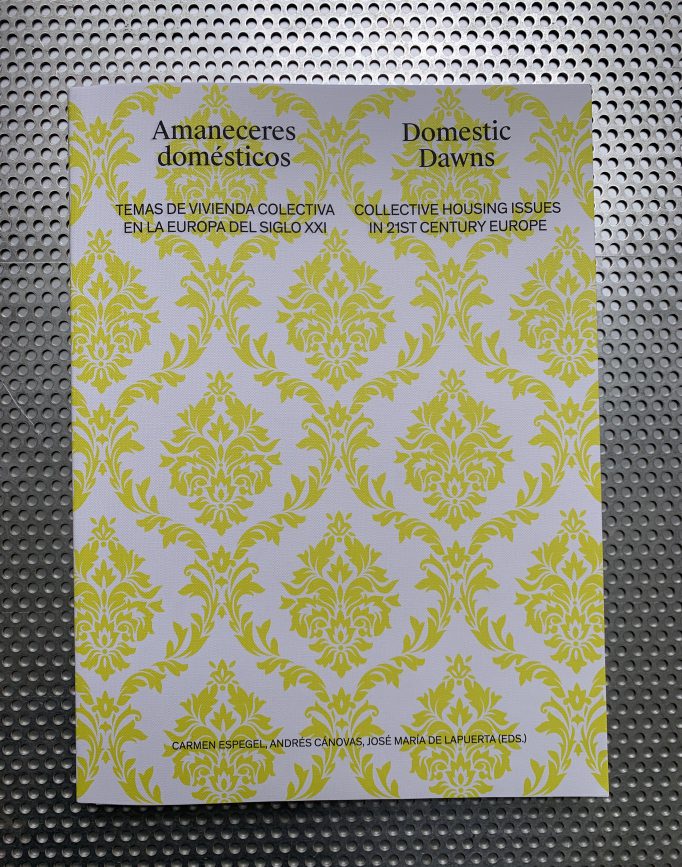

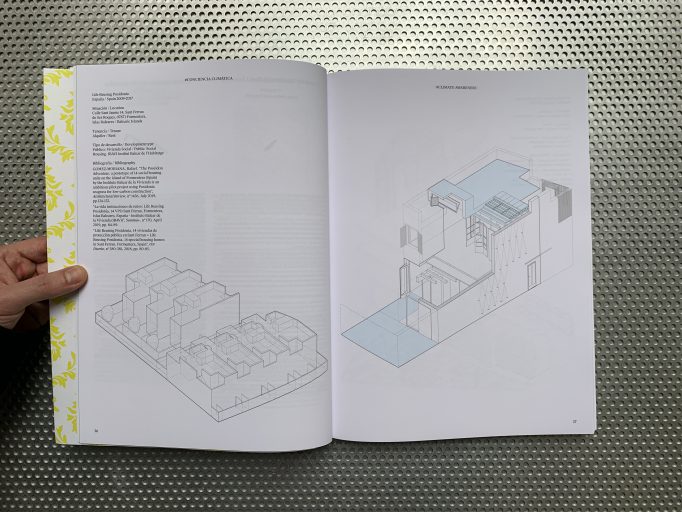

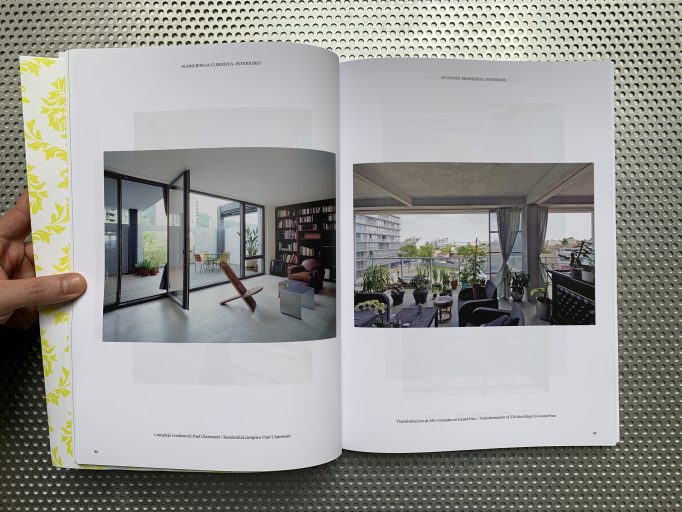
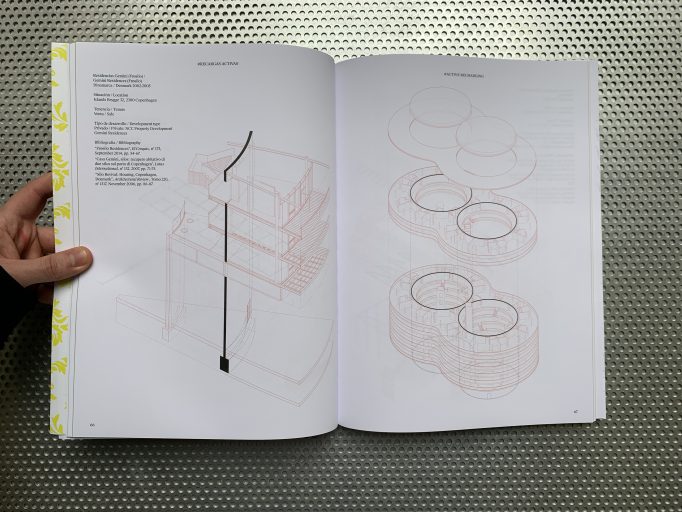
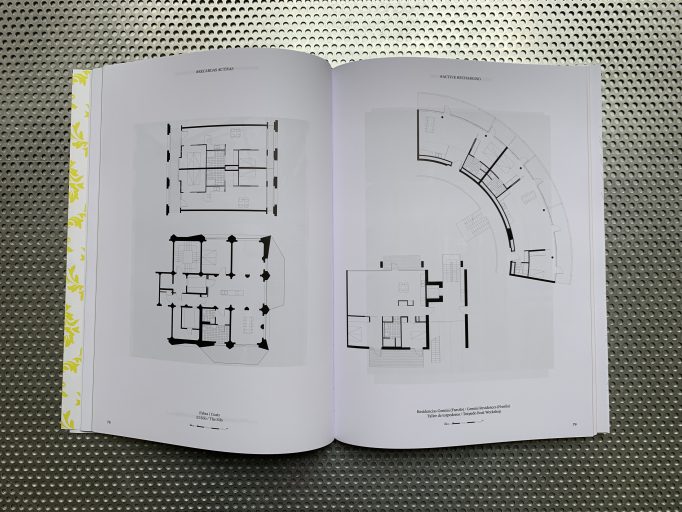
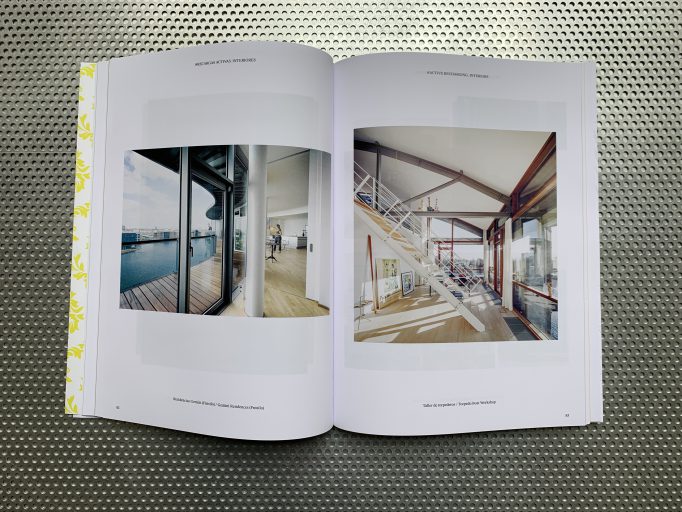
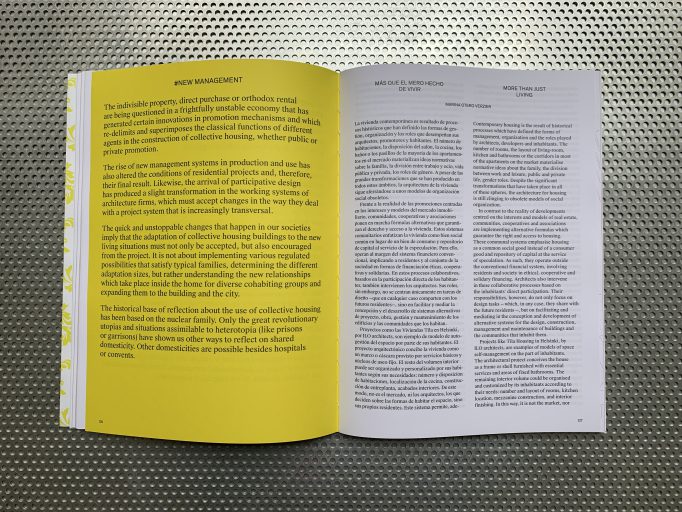

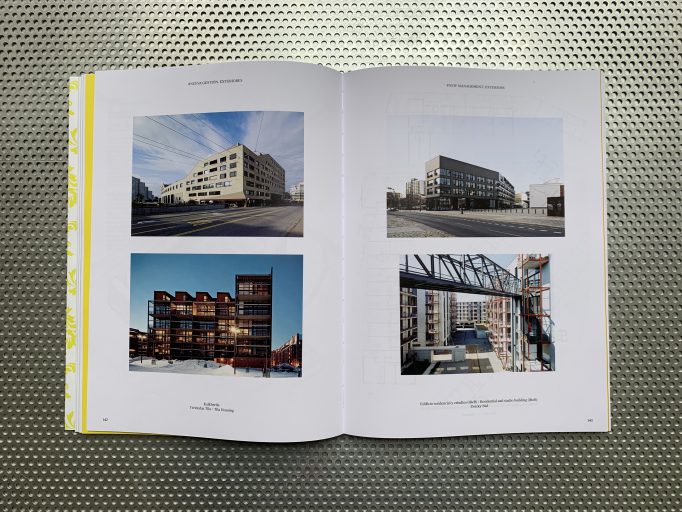
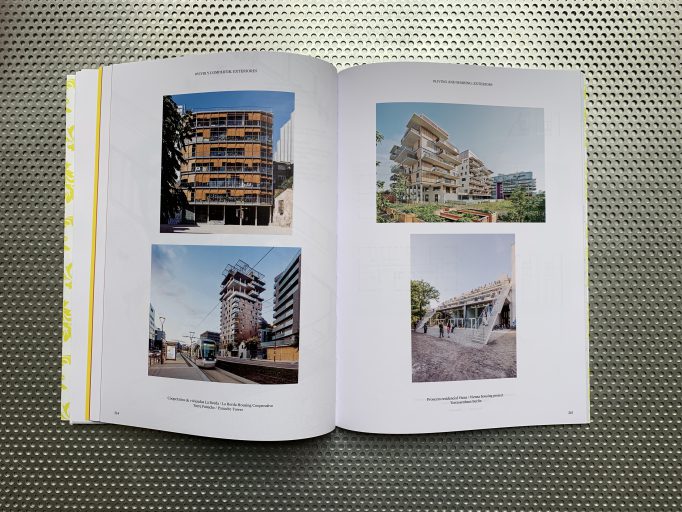
“Amaneceres Domésticos. Temas de vivienda colectiva en la Europa del siglo XXI” presenta, a partir de obras construidas, los temas principales que van modelando la vivienda colectiva europea en el siglo XXI. A través de una serie de conceptos, ejemplificados con proyectos construidos, sus editores, Carmen Espegel, Andrés Cánovas y José María de Lapuerta, proponen un lugar de reflexión y debate sobre el presente y el futuro de los espacios que habitamos. A través de 28 ejemplos paradigmáticos de vivienda construida organizados en torno a siete categorías: Conciencia climática, Recargas activas, Cuidados domésticos, Nueva gestión, Contextos urbanos, Vivir y compartir e Identidades icónicas, más un epílogo COVID se muestran los conceptos fundamentales de la nueva habitabilidad que se están desarrollando en la vivienda colectiva de la Europa de principios del siglo XXI, propiciando de este modo un debate que permita continuar avanzando en este sentido.
Textos de Carmen Espegel, Andrés Cánovas, José María de Lapuerta, Eduardo Prieto, Almudena Ribot, Hilde Heynen, Marina Otero Verzier, Elli Mosayebi, Amparo Lasén, Uriel Fogué y Javier Echeverría
Diseño: gráfica futura
Traducción: Noemí Gª Millán y Mike Lumber
Edición: Fundación ICO, Ministerio de Transportes, Movilidad y Agenda Urbana (MITMA) y Ediciones Asimétricas
Order here
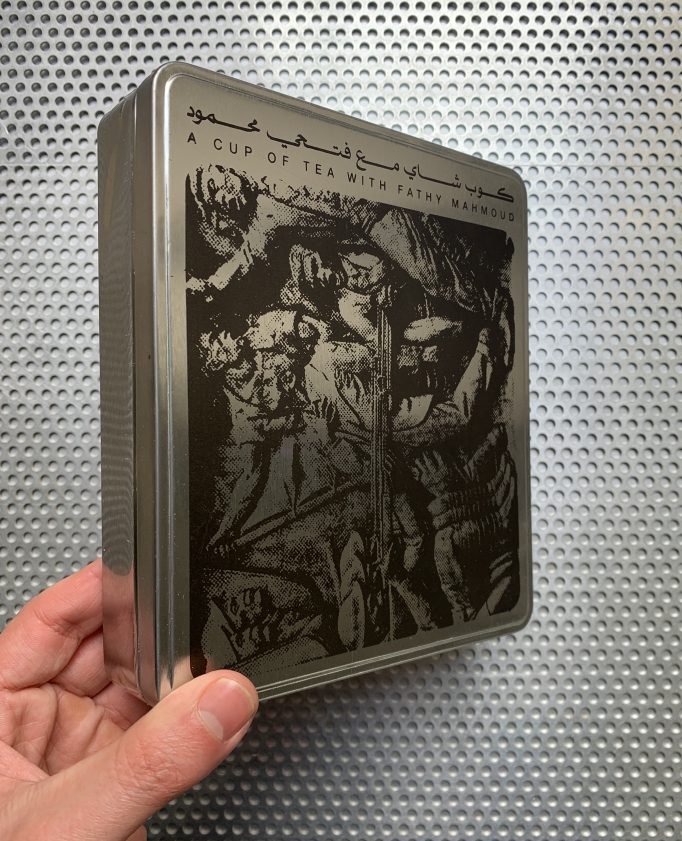
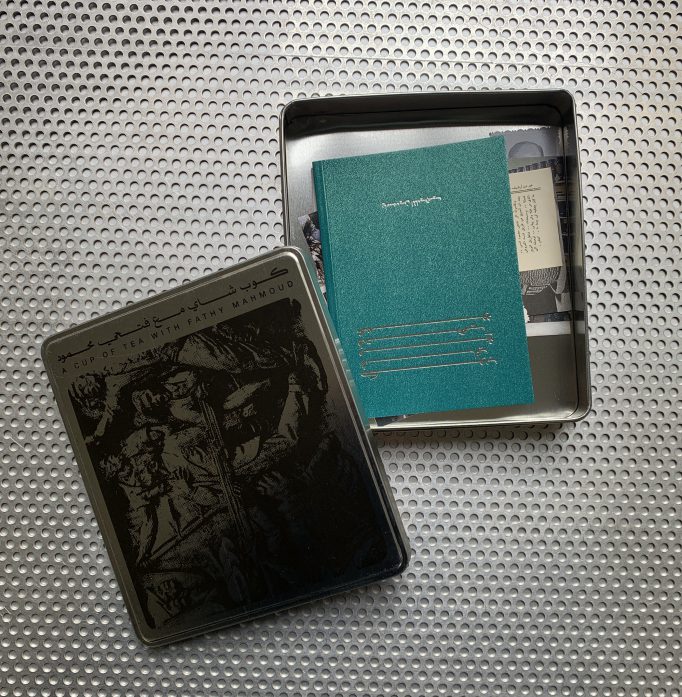
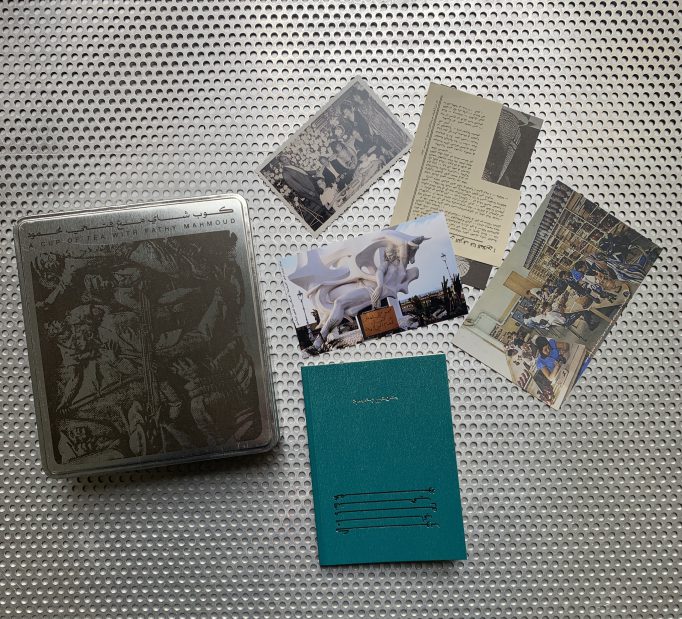
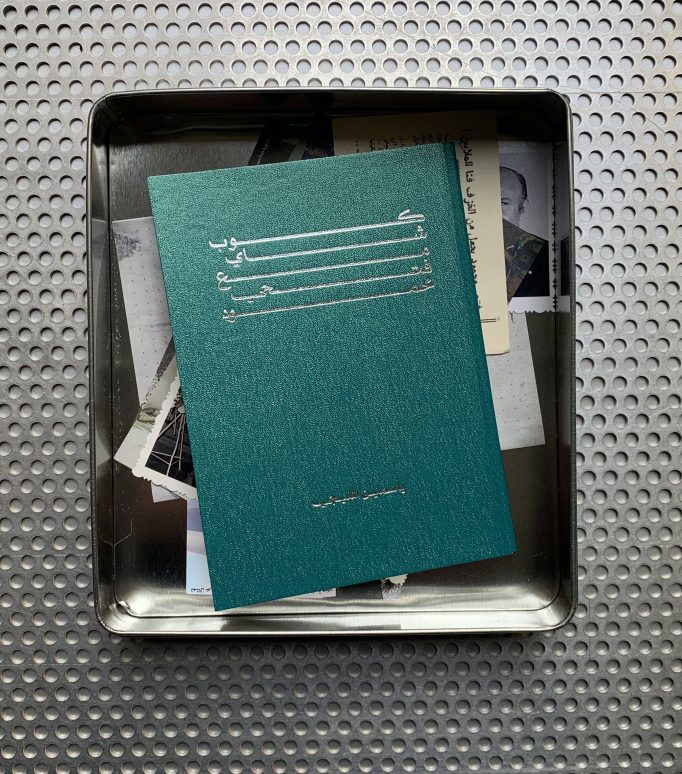
Inside this box is a book that holds thirteen letters written between 2019 and 2022 by the artist Yamine Elmelegy to the sculptor and industrialist Fathy Mahmoud (1918-1982). Yasmine never met Fathy Mahmoud but started writing these letters shortly after she discovered that a cup she has at home is signed by him. This happened only days after she learnt that Fathy Mahmoud was responsible for a series of iconic public statues in Cairo and Alexandria. The letters show Yasmine’s search for what is left from Fathy Mahmoud’s artworks, the porcelain plates and cups he produced, the factories he founded and the history he left behind about the relationship between art and industry.
Order here
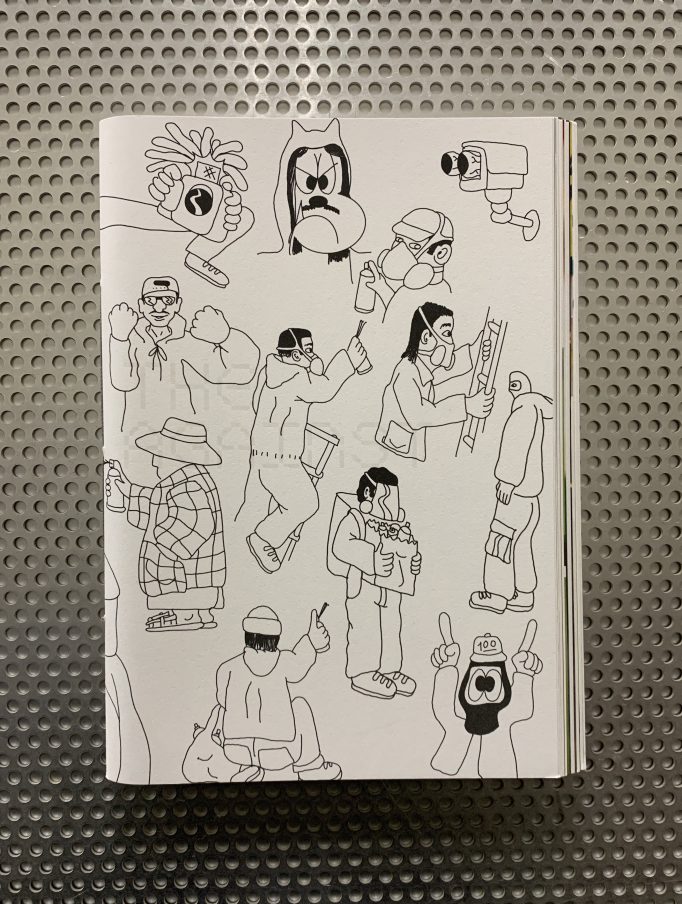
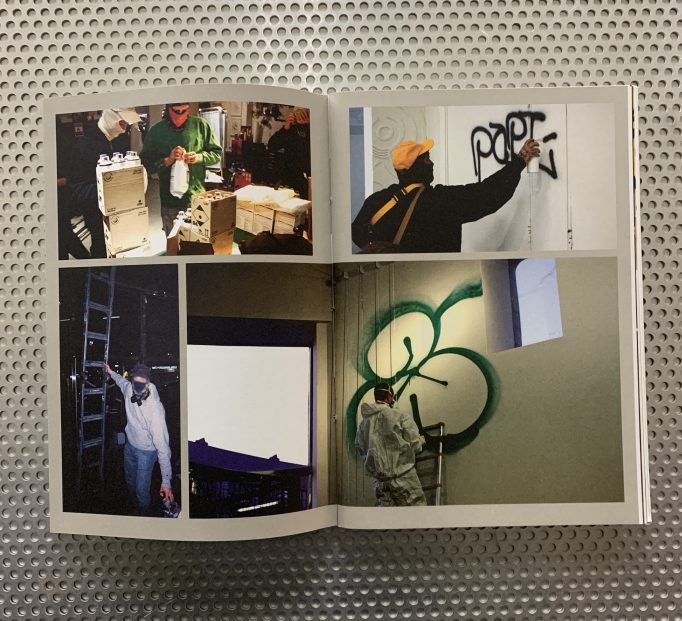

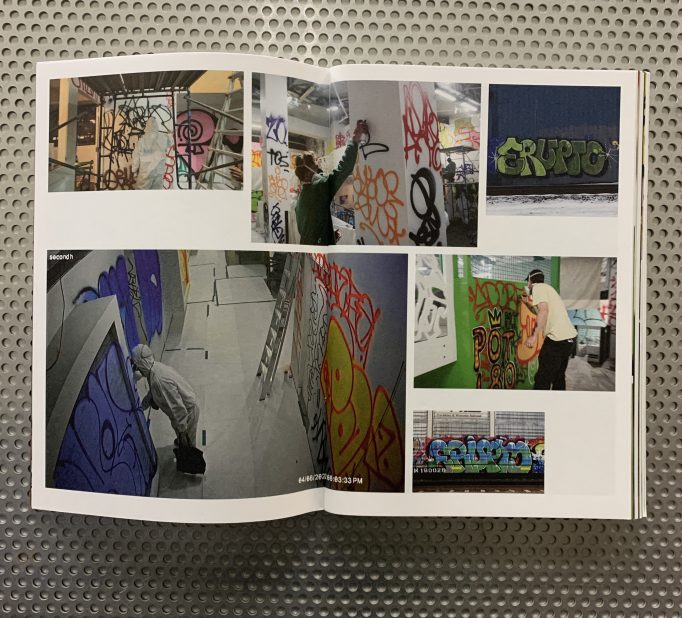
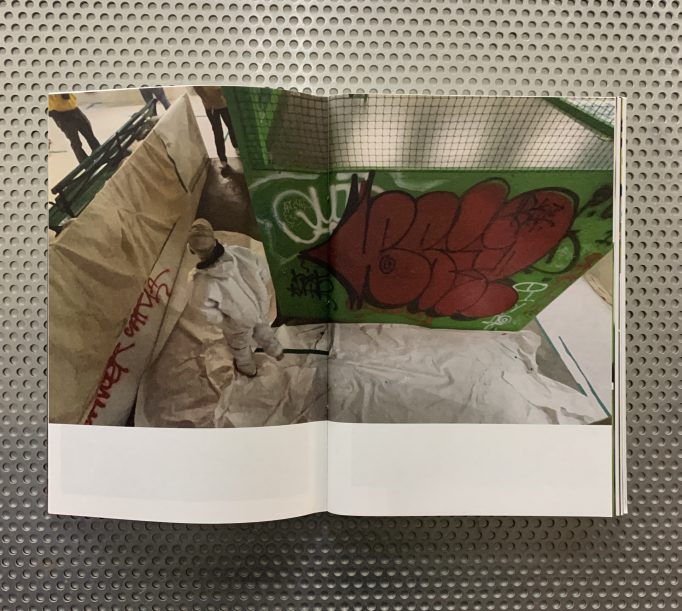

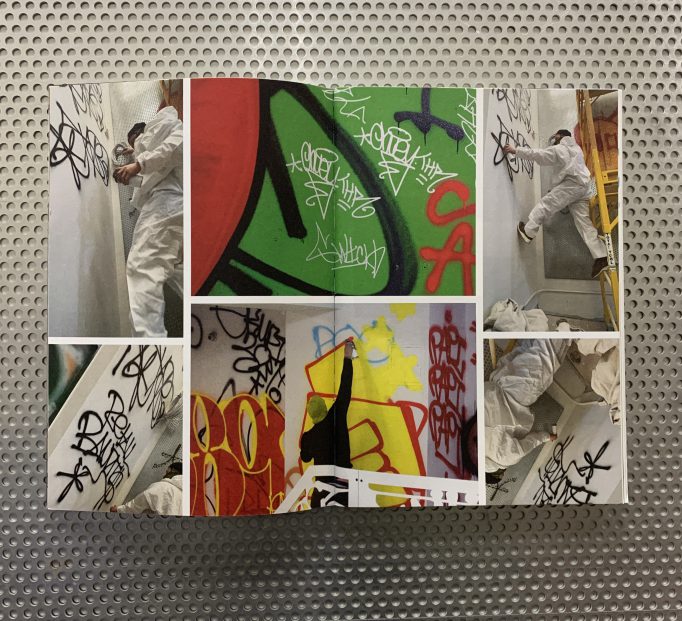
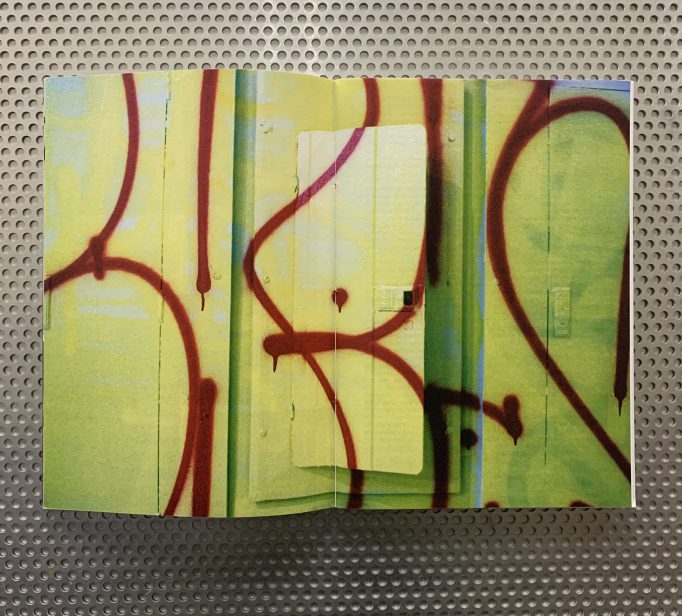
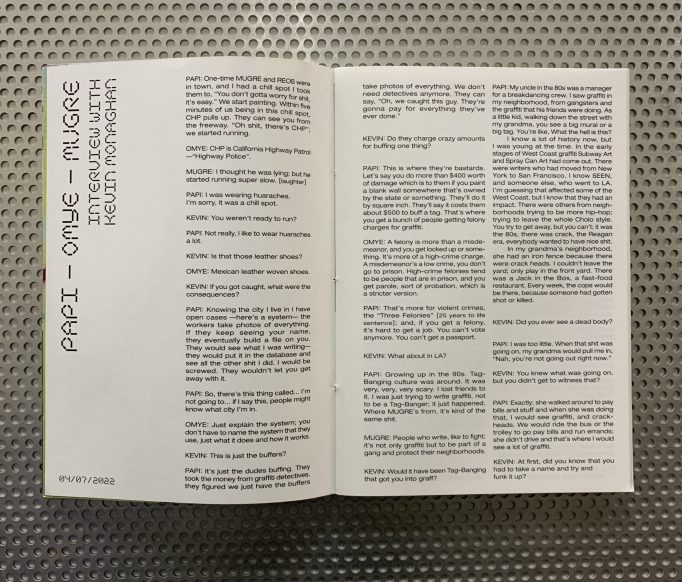
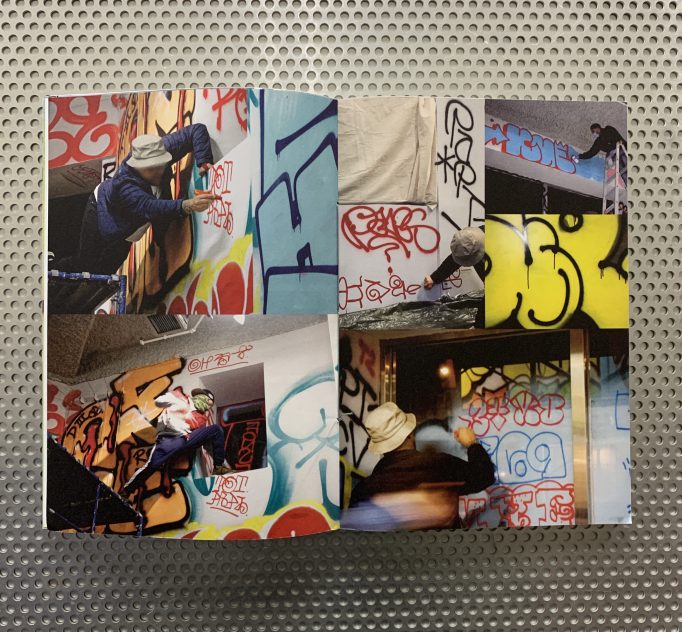
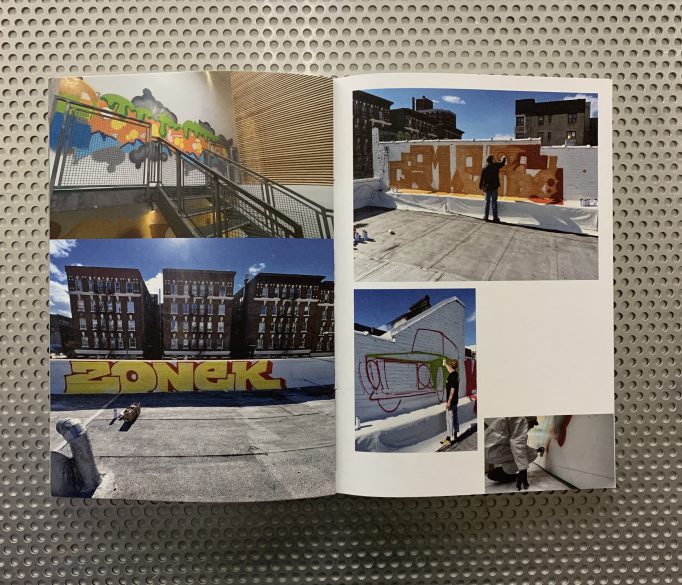
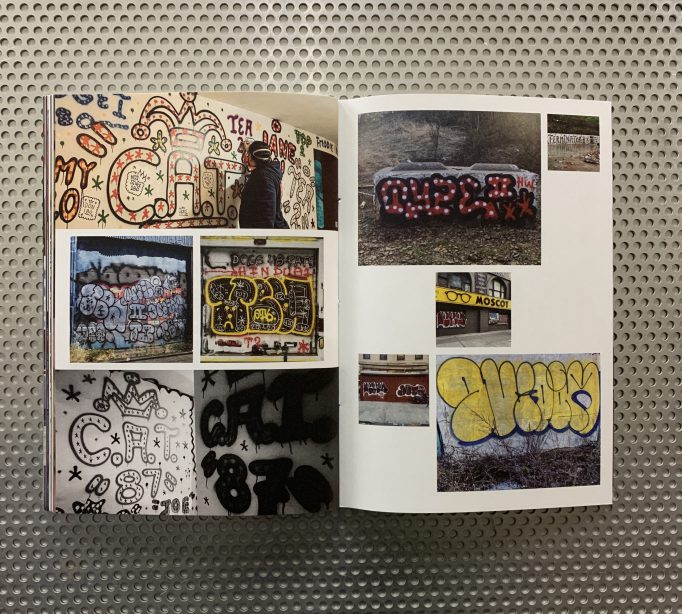
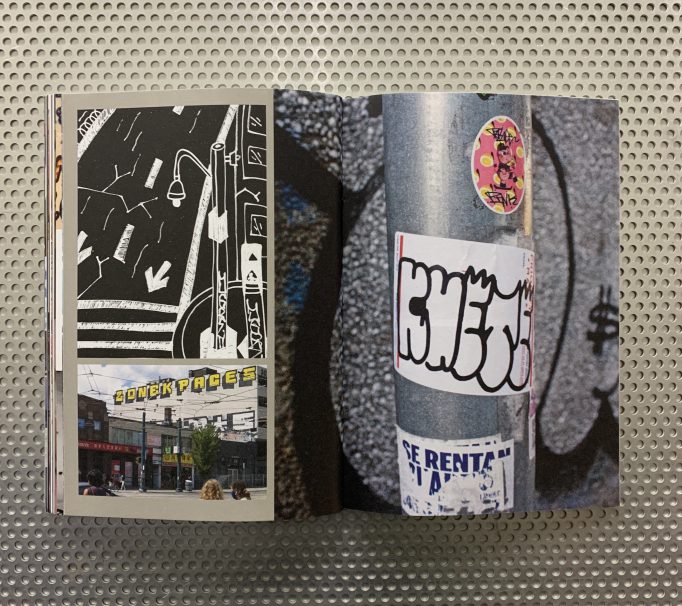
The publication of The Against, the book that documents the process, development and results of the homonymous exhibitions that simultaneously took place last Spring at multiple sites in New York.
The book not only displays the uncontrollable compulsion of graffiti bombing by 21 artists from different parts of the US, Canada and Mexico. This remarkable book focuses on those who are the exceptional graffiti bombers in the last decade. The objective was to take all of these artists, bring them together in one place, and see how they collaborate as a shared experience in New York, being the mecca of graffiti bombing. The main theme, the subject of the book, is the very work of these masters working together. In the realm of graffiti, it’s very hard to get the very top artists all the time, because some of them are either incarcerated, or they won’t relate to galleries’ projects. But the ones selected are the top bombers we could get now. Rooming together and sharing styles and techniques was a unique, collaborative experience for those involved; a graffiti bombing League; a gathering of talents; the dream team of graffiti. The book shows their singularities and differences in a remarkable display of strength and imagination, shapes, and colors.
The Martinez Gallery Books has published several books on graffiti, focusing on different themes, social and health issues, and a variety of topics related to our daily life. As the evolution of graffiti from the 90s to now has shown, you have to be more well-versed in art now, even as a bomber. We can say that the world of graffiti is ever-growing, and that, in this changing context, would be an ideal opportunity to discuss and assess what bombing is today in comparison. This book offers that opportunity and opens up the field to different alternatives and trends within graffiti culture.
Order here
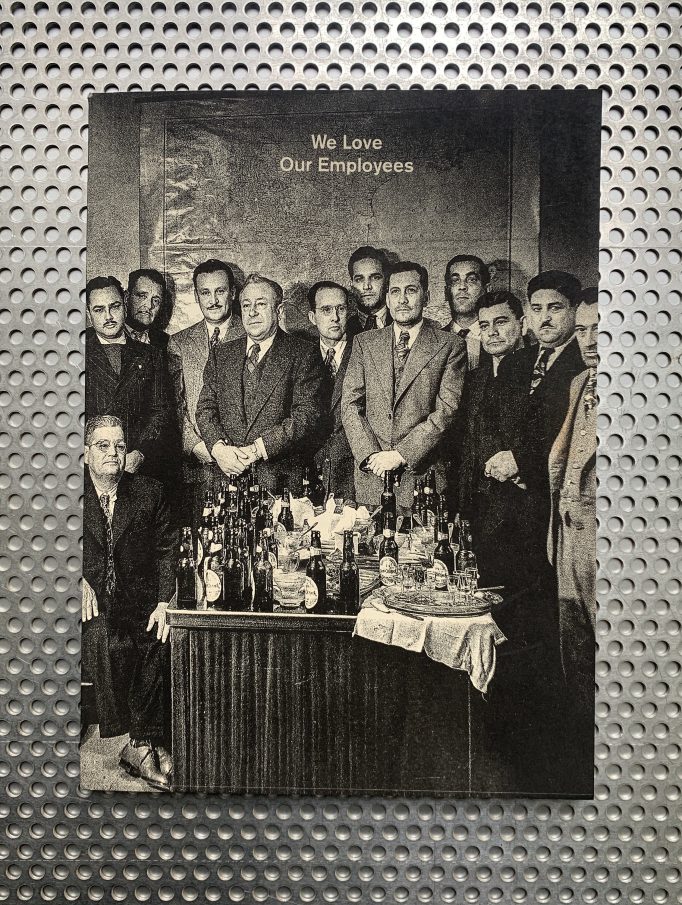
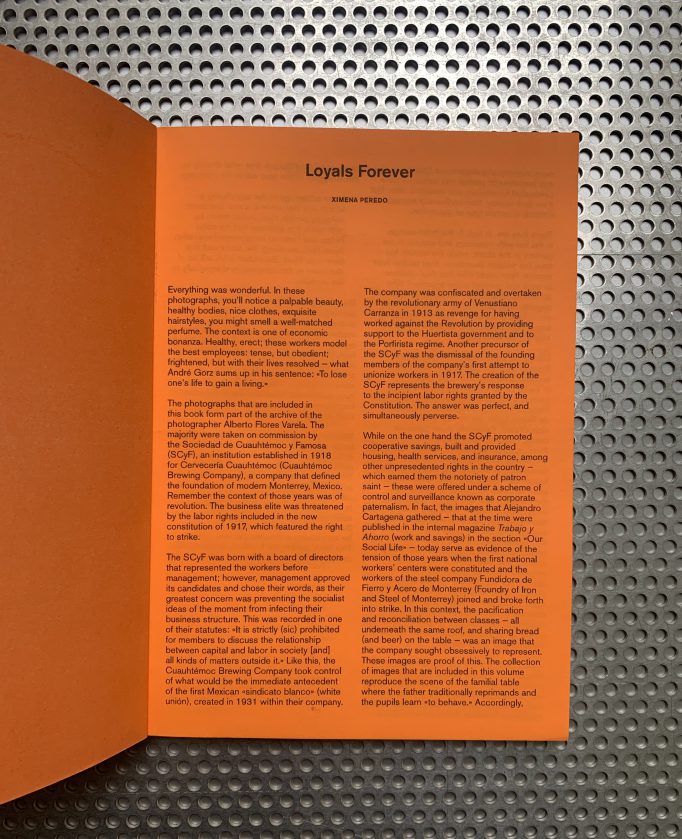
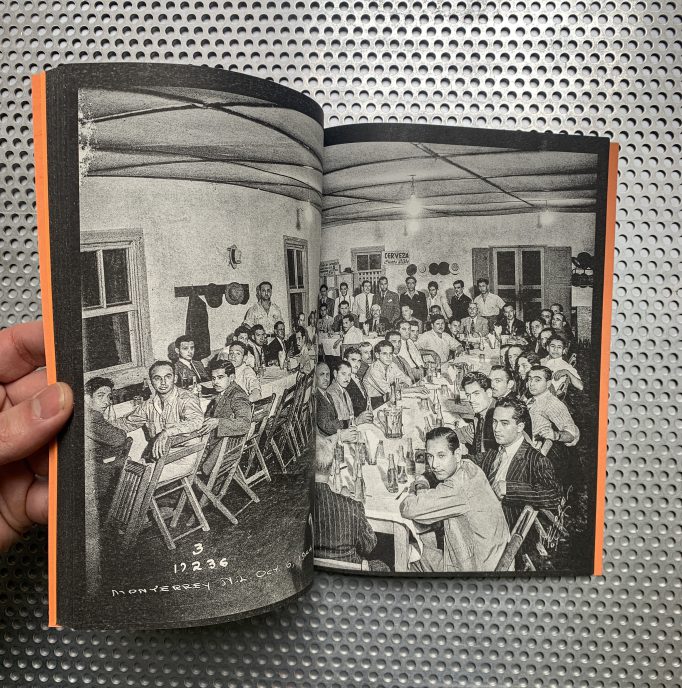
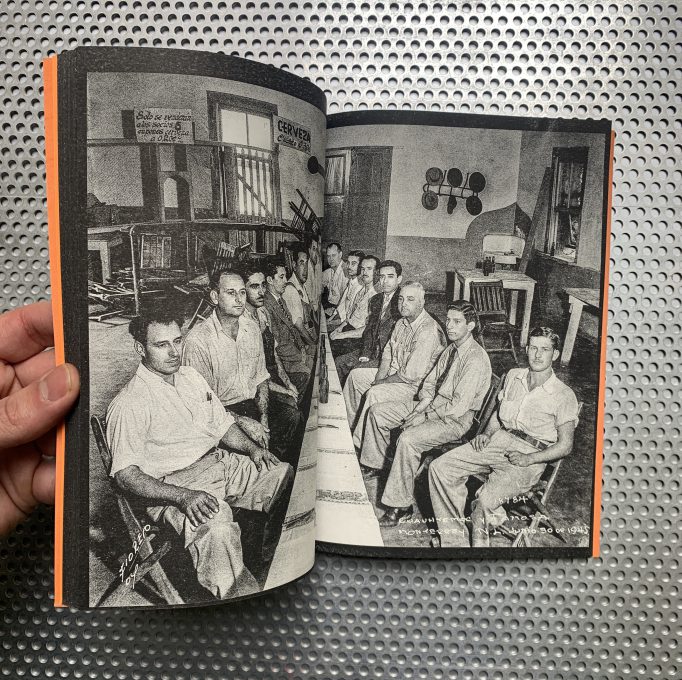
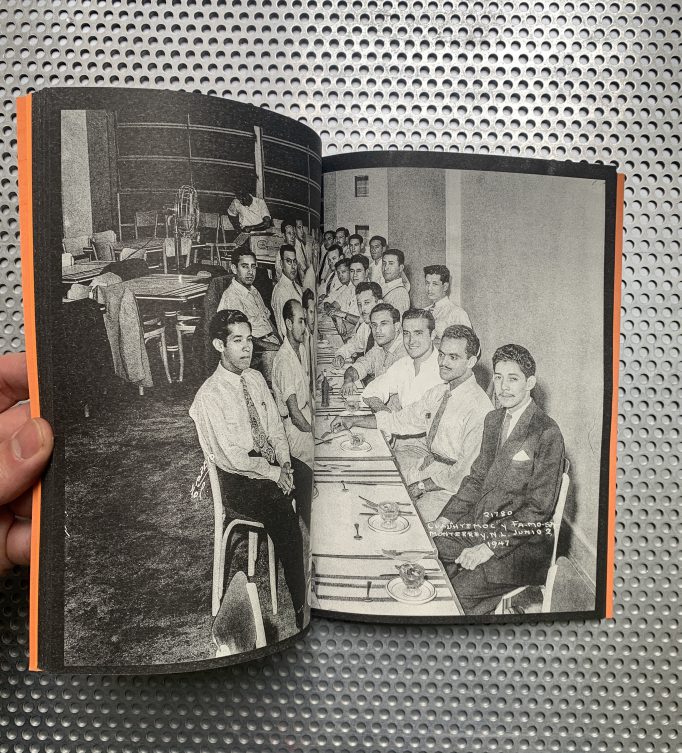
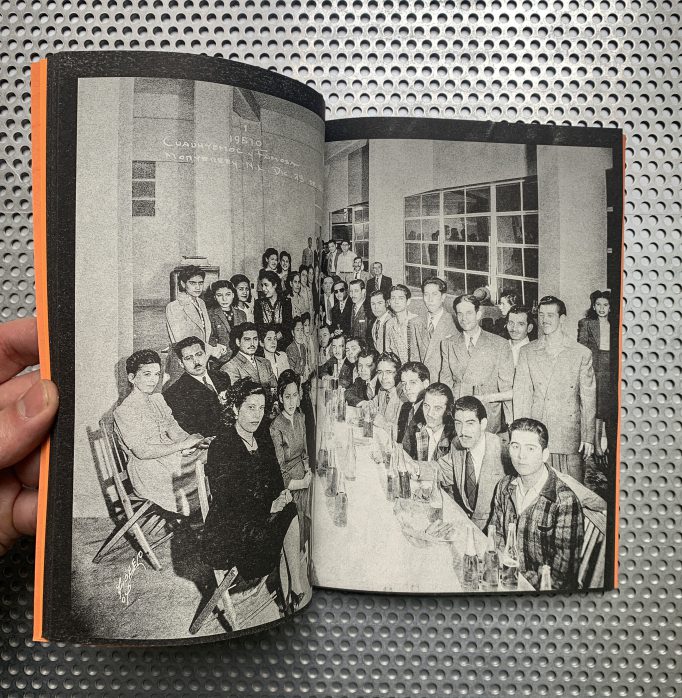
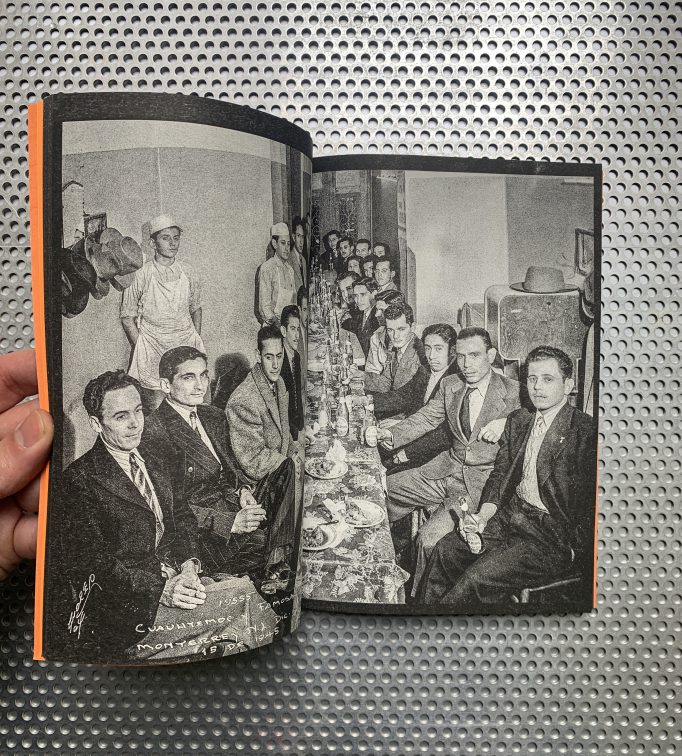
The photographs that are included in this book form part of the archive of the photographer Alberto Flores Varela. The majority were taken on commission by the Sociedad de Cuauhtémoc y Famosa (SCyF), an institution established in 1918 for Cervecería Cuauhtémoc (Cuauhtémoc Brewing Company), a company that marked the foundation of modern Monterrey. It´s worth noting that the context of those years was of revolution. The business´ elite was threatened by the labor rights included in the new constitution of 1917, which featured the right to strike. This is how the “most fortunate” workers of modern Monterrey were domesticated. It was thus decided to sacrifice freedom of expression, free association, and democratic representation of the workers, among other rights, in exchange for maintaining employment in “the company.” This book depicts the first flash of restrained disillusionment: ¨forever loyal.¨These images represent the seed of the social order that was established in many industrial cities around the world.
-
Las fotografías que integran este libro forman parte del archivo del fotógrafo Alberto Flores Varela y la mayoría fueron tomadas por encargo de la Sociedad Cuauhtémoc y Famosa (SCyF), institución creada en 1918 por Cervecería Cuauhtémoc, empresa fundadora del Monterrey moderno. Cabe recordar que el contexto de aquellos años era de revolución. La élite empresarial se encontraba totalmente amenazada por la cartera de derechos laborales contenidos en la nueva constitución de 1917, que incluía el derecho a huelga. Callados, en la mesa familiar, sonriendo, levantando un poco más la botella, no tanto, ¡no se muevan! Así fueron domesticados los trabajadores “más afortunados” del Monterrey moderno. Estas imágenes representan la simiente del orden social que acabó por instalarse en muchas ciudades industriales del orbe. Así se decidió sacrificar la libertad de expresión, la libre asociación y la representación democrática de los trabajadores, entre otros derechos, a cambio de conservar el empleo en “la compañía”.
Order here


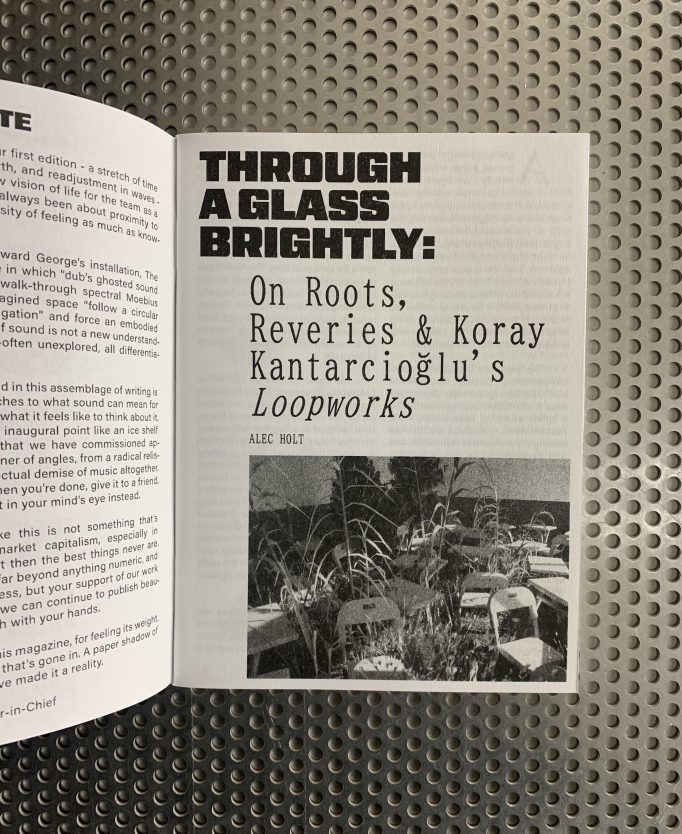

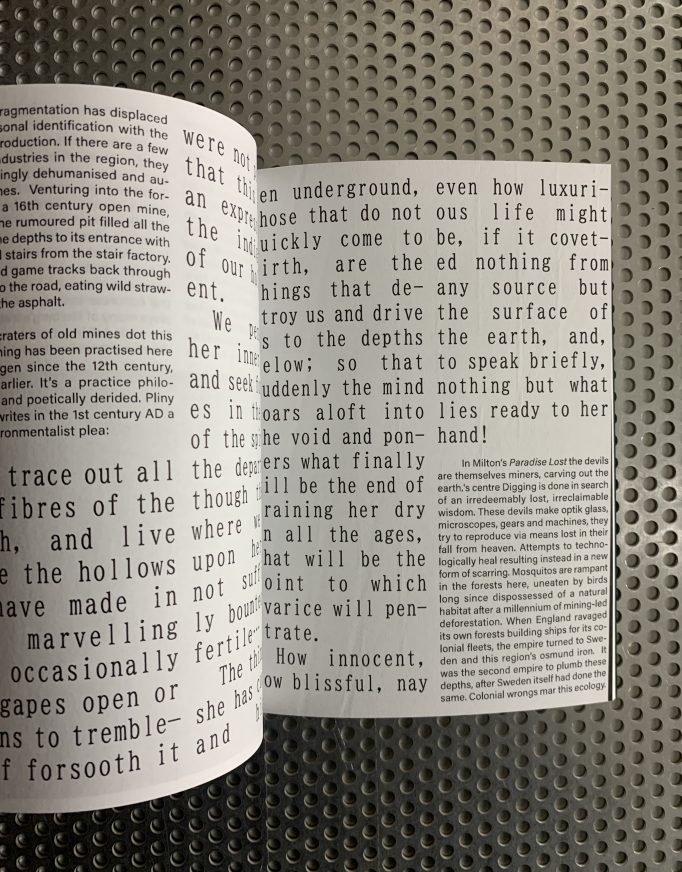
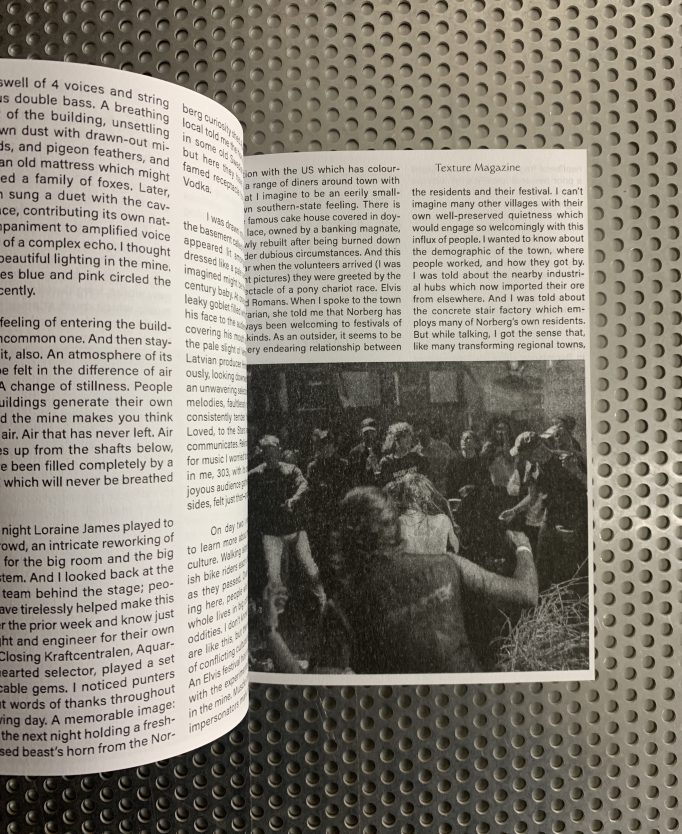
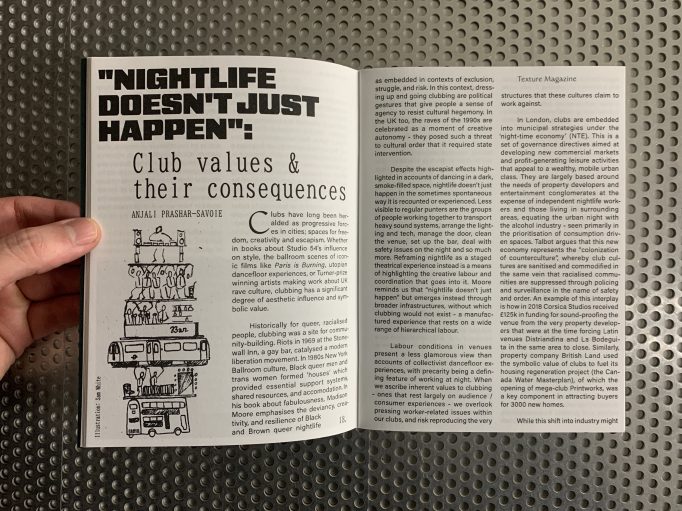
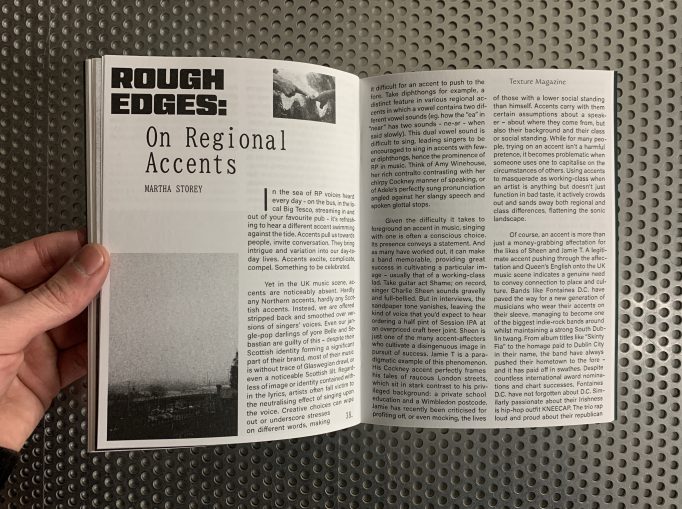
Texture Magazine Issue #2 is about proximity, growth, and the art of feeling as much as understanding – a fractallised approach to what sound can mean now.
From a radical relistening of silence to the intellectual demise of music altogether, the words contained within are to be held, shared, caressed and torn asunder. Also featured is writing on the sociopolitics of the nightlife industry, the place-making of UK Drill, and the meaning of gatherings in northern Sweden through the eyes of Pliny the Elder. Among many others, of course.
Order here
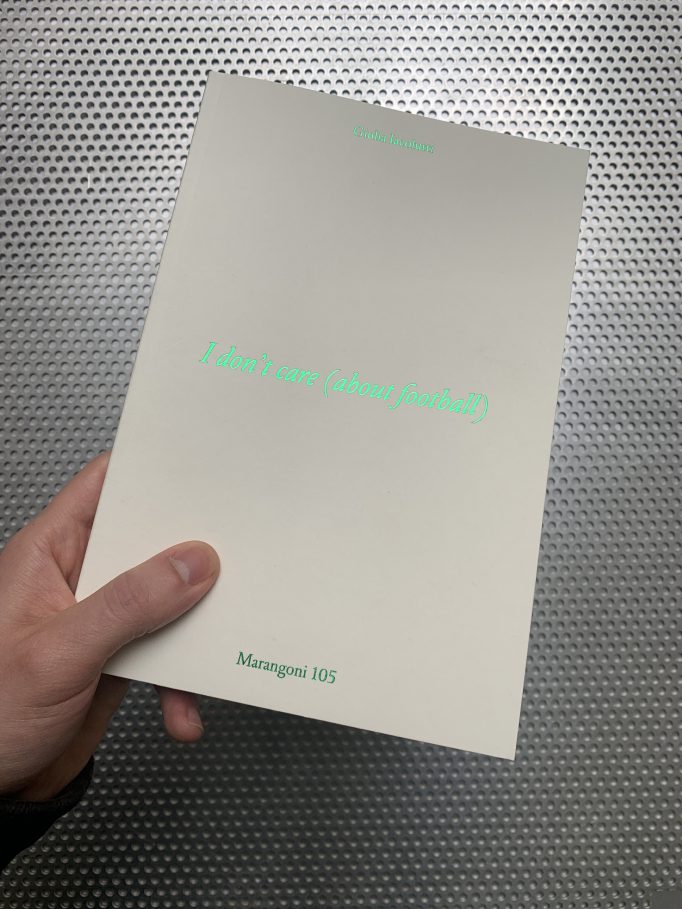
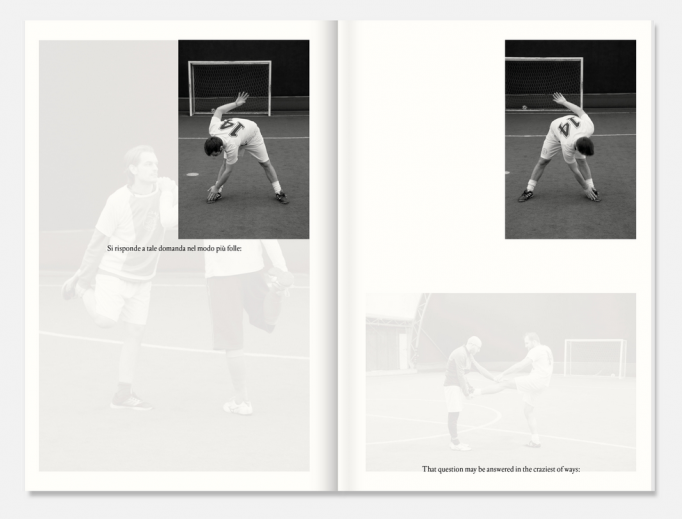
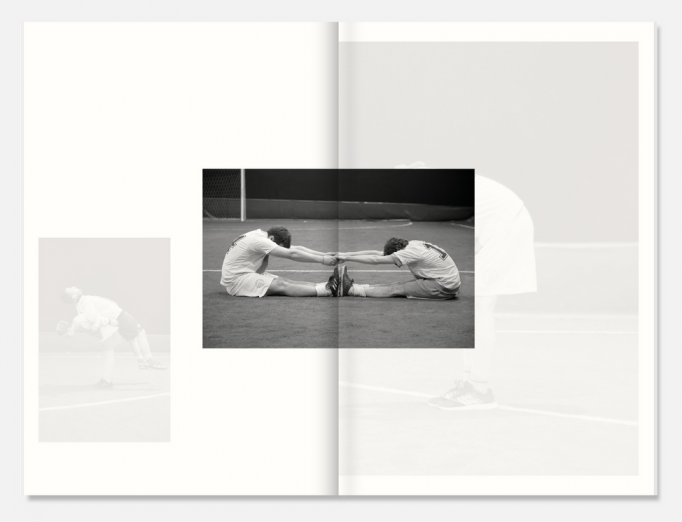
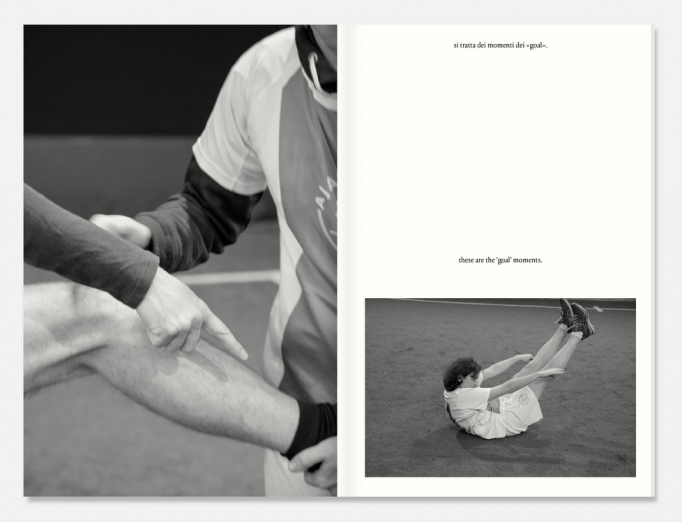
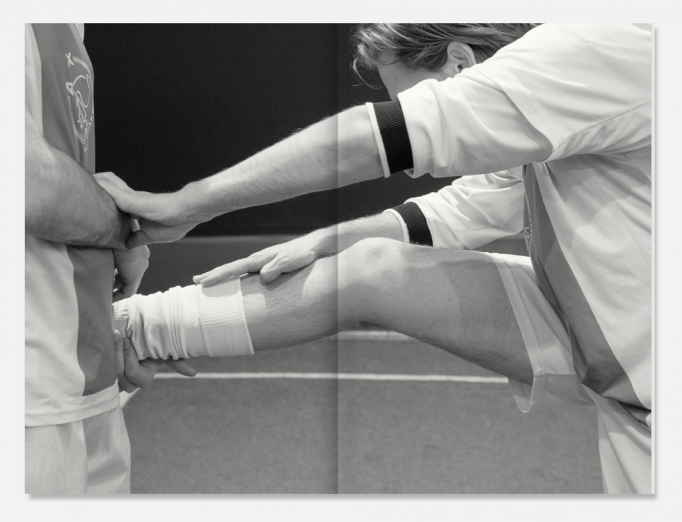
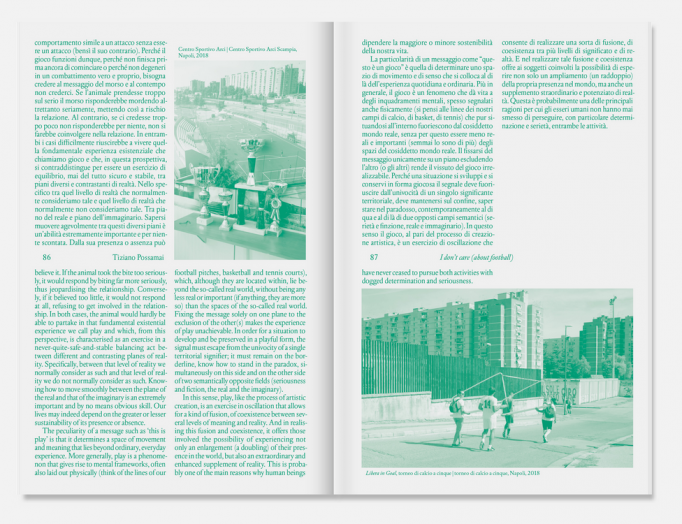
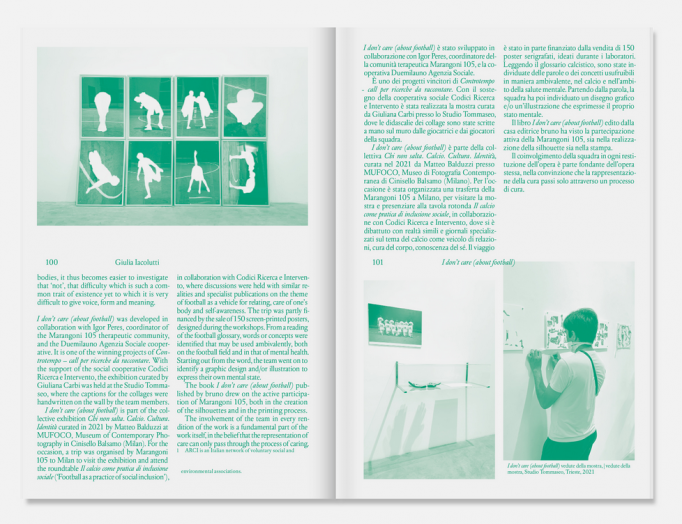
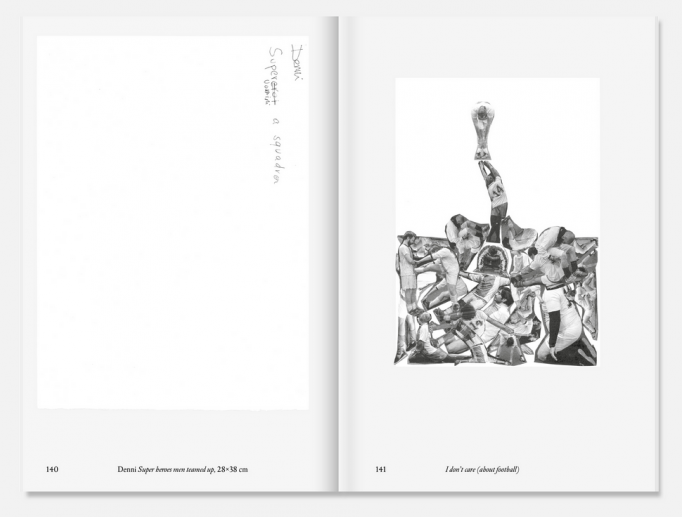
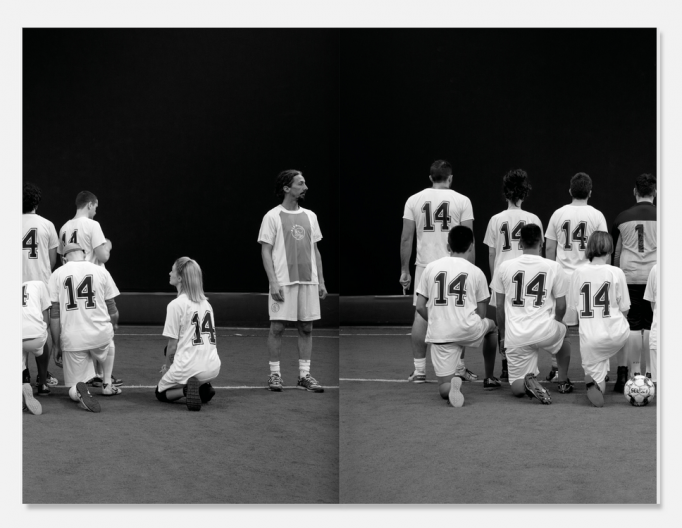
“I don’t care (about football)” is a participatory artistic project involving the players of the Marangoni 105 football team, created in 2011 as part of one of the rehabilitation residences of the Udine Mental Health Department managed by the Duemilauno Agenzia Sociale Cooperative. The title, inspired by the words of a girl from the community, suggests how the game is not an end in itself but rather a practice of social inclusion and integration. Marangoni 105 is made up of service users together with its operators and supporters. They all wear the number 14, that of the legendary Ajax player Johan Cruijff – one of the most emblematic proponents of total football.
Over three years of mutual understanding and hard work, workshops were held in which, through artistic-expressive practices, there was a choral reflection on mental discomfort and on the path undertaken over the course of the residence. Football thus became a metaphor for such a path and an experience of treatment. Photographs, meetings, travel, training, stretching sessions, performance actions, interviews, writing exercises and collages are the actions that transform the art object into a place of dialogue, where it is the discovery of the other and the self that takes centre stage. The process of analysis/self-analysis turns into a creative impetus via the appropriation and re-signification of images. Through the cut lines around the bodies, it thus becomes easier to investigate that ‘not’, that ‘not’ that gave the project its name, that difficulty which is such a common trait of existence yet to which it is very difficult to give voice, form and meaning.
Texts by Maddalena Fragnito, Giulia Iacolutti, Igor Peres, and Tiziano Possamai
Order here


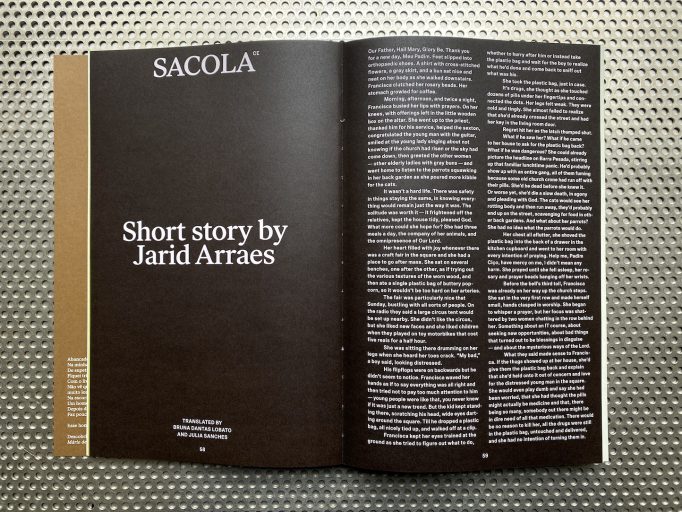


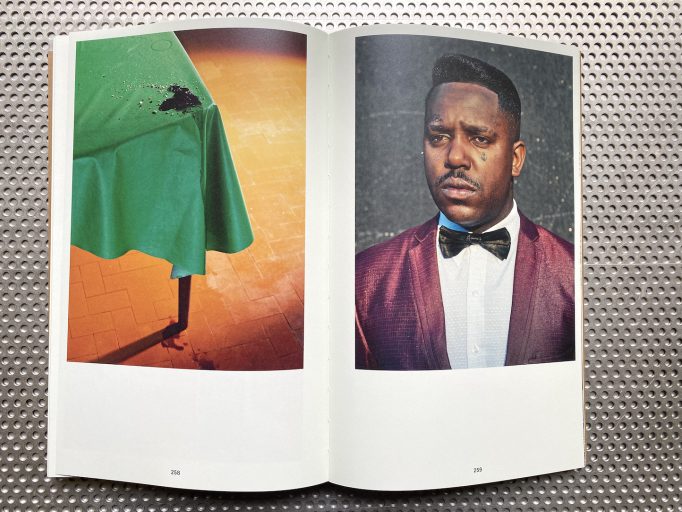



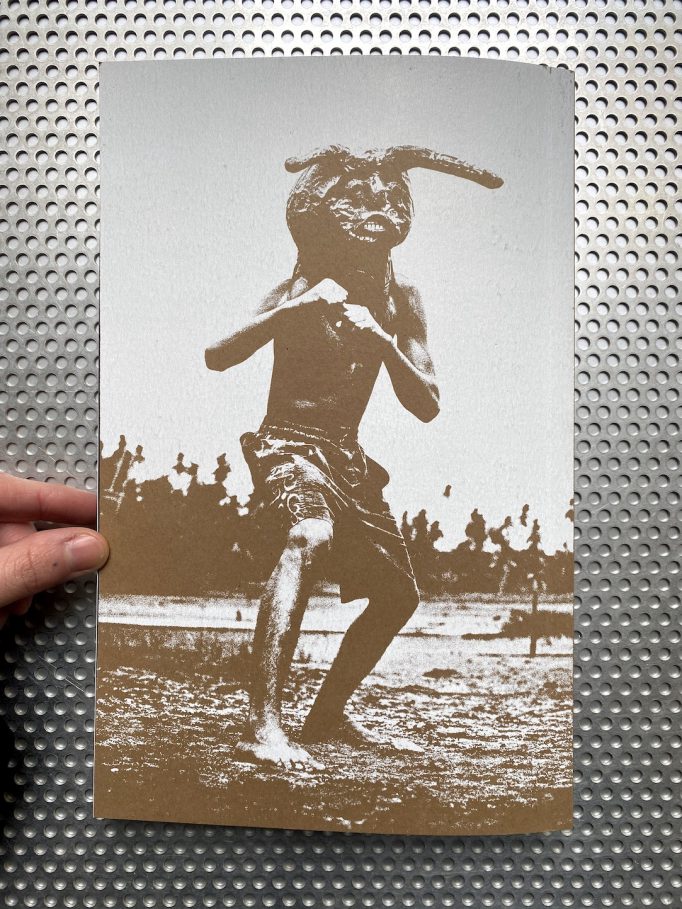
Quilo – Journal of Photographic Tales from Brazil is the first ever publication of its kind, focusing solely on photographic projects created in Brazil. The 300-page magazine features over 40 photographers, visual artists, and short story writers from Brazil. Edited and self-published by University of Hartford Alumni, photographer and creative director, Mico Toledo and designed by design agency Porto Rocha in NY, the publication shines a light on the rich and diverse photographic talent and stories coming from within the borders of such a monumental country. Quilo’s ambitious attempt is to widen the photographic canon, to include a wide range of artistic voices and stories from Brazil, championing unseen stories from within the country, under threat from the previous 4 years of a right-wing conservative government, while also making these stories accessible to a wider audience in the United States, Europe and beyond.
Divided into regions of Brazil, the publication flows like a road trip through the many arteries that criss-cross the lengths of this monumental country; its three hundred pages take us on an odyssey from the far reaches of the North to the deepest South of Brazil. Unfolding through the eyes and minds of forty-four contemporary photographers and writers, the publication travels through towns and cities, mangroves and beaches, meets locals and encounters the often invisible tales this land holds, shining a light on counter-narratives, and turning them into powerful weapons against intolerance and bigotry.
Featuring photography from: Affonso Uchôa, André Cepeda, André Penteado, Camila Falcão, Camila Svenson, Celso Brandão, Cícero Costa, Coletivo Trëma, Desali, Diego Bresani, Edu Simões, Fabricio Brambatti, Felipe Russo, Fernanda Frazão, Gabo Morales, Gabriel Carpes, Gabriela Portilho, Giovana Schluter Nunes, Gui Galembeck, Igor Furtado, Jonathas de Andrade, Julio Bittencourt, Karoline Karlic, Marco Antonio Filho, Mico Toledo, Miguel Salvador, Ramírez-Suassi, Roberta Sant’Anna, Romy Pocz, Rodrigo Oliveira, Silvino Mendonça, Stefanie Moshammer, Tommaso Protti, Tuca Vieira, Titus Riedl, Valda Nogueira, Vincent Catala, Virginia de Medeiros, Vitor Casemiro, Yago Gonçalves
With written contributions from: Beatriz Bracher, Jarid Arraes, Jeferson Tenório, João Almino, Geovani Martins, Milton Hatoum
Design: PORTO ROCHA, Felipe Rocha, Leo Porto, Vitor Carvalho, Natalia Oledzka, Elisa Bortolini
Creative Director: Mico Toledo
Editor: Joanna Cresswell
Order here